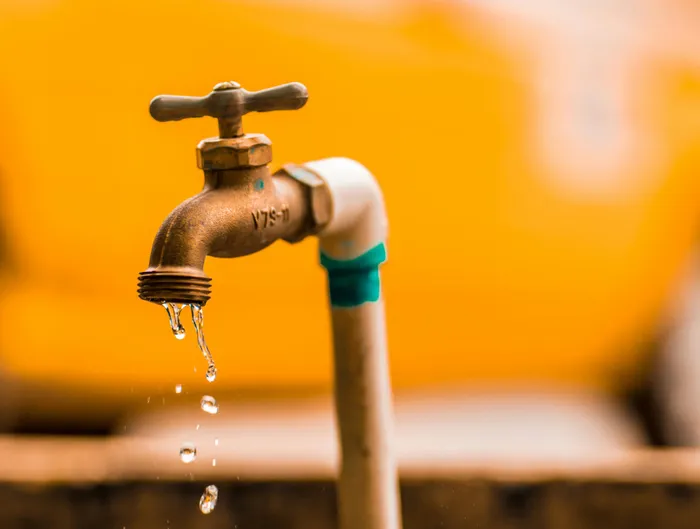Western Cape Government urges water users to conserve as dam levels decline

The Department of Water and Sanitation (DWS) is calling Western Cape residents to step up their water-saving efforts as dam levels have seen a slight decline.
Image: Independent Newspapers Archive
The National Department of Water and Sanitation (DWS) is calling on all water users in the Western Cape to step up their water-saving efforts as dam levels across the province have seen a slight decline.
According to the hydrological report released on October 27, the Western Cape Water Supply System (WCWSS), comprising the province's six largest dams, is currently at 87.79%. This represents a 1.27% decrease from last week's 89.06%. Notably, at the same time last year, the WCWSS stood significantly higher at 98.75%.
The Gouritz River Catchment, which encompasses the Little and Greater Karoo and parts of the coastal belt, has experienced a more substantial decline, now at 50.19% compared to 88.77% a year ago.
Individual dams show similar trends, with Theewaterskloof Dam, the province's largest and responsible for over 50% of the Western Cape's water supply, currently at 81.46%, down from 82.91% last week. Prinsrivier and Gamka Poort dams have each recorded declines exceeding 5%.
Ntombizanele Bila-Mupariwa, the DWS Western Cape Provincial Head, attributed the week-on-week decline to hot summer conditions, which typically lead to increased water consumption. She emphasized the importance of responsible and efficient water use by all.
With the Western Cape hydrological cycle nearing its end in October, the DWS continues to encourage residents, farmers, and industries to use water sparingly. In November , the Department plans to meet with water users drawing from the WCWSS to assess the situation through modelling exercises and determine if water restrictions will be necessary.
In a separate but related development, the Western Cape Department of Local Government, in collaboration with the DWS, the South African Weather Service (SAWS), and Garden Route District and local municipalities, held a briefing this week to evaluate water security in the district before the summer season.
The meeting, attended by municipal managers, technical directors, and key national and provincial stakeholders, reviewed the current status of water security within the Garden Route District. While rainfall for August, September, and October was below average across much of the region, updated forecasts from SAWS indicate a favorable outlook for the coming summer. Above-normal rainfall is expected from November to January, which could improve water availability.
Minister Anton Bredell, Minister of Local Government, Environmental Affairs and Development Planning, assured residents and visitors that there are no immediate concerns regarding water security in the Garden Route.
"We are working closely with the DWS and all local municipalities to monitor conditions and ensure that every town has access to adequate water supplies. Contingency measures and responsible water management plans are already in place to address localised infrastructure challenges," Minister Bredell stated.
Minister Bredell emphasized the provincial government's continued control of the situation, stating: “We are working closely with the DWS and all local municipalities to monitor conditions and ensure that every town has access to adequate water supplies. Contingency measures and responsible water management plans are already in place to address localised infrastructure challenges.”
This coordinated effort is part of the province’s broader commitment to building water resilience. The Department is set to launch the Provincial Water Resilience Strategy on Friday, aimed at strengthening proactive planning and sustainable water management across all municipalities in the Western Cape.
Minister Bredell urged both residents and visitors to use water responsibly: "Every drop counts. While conditions are expected to improve, we must all play our part to use water wisely and safeguard this precious resource."